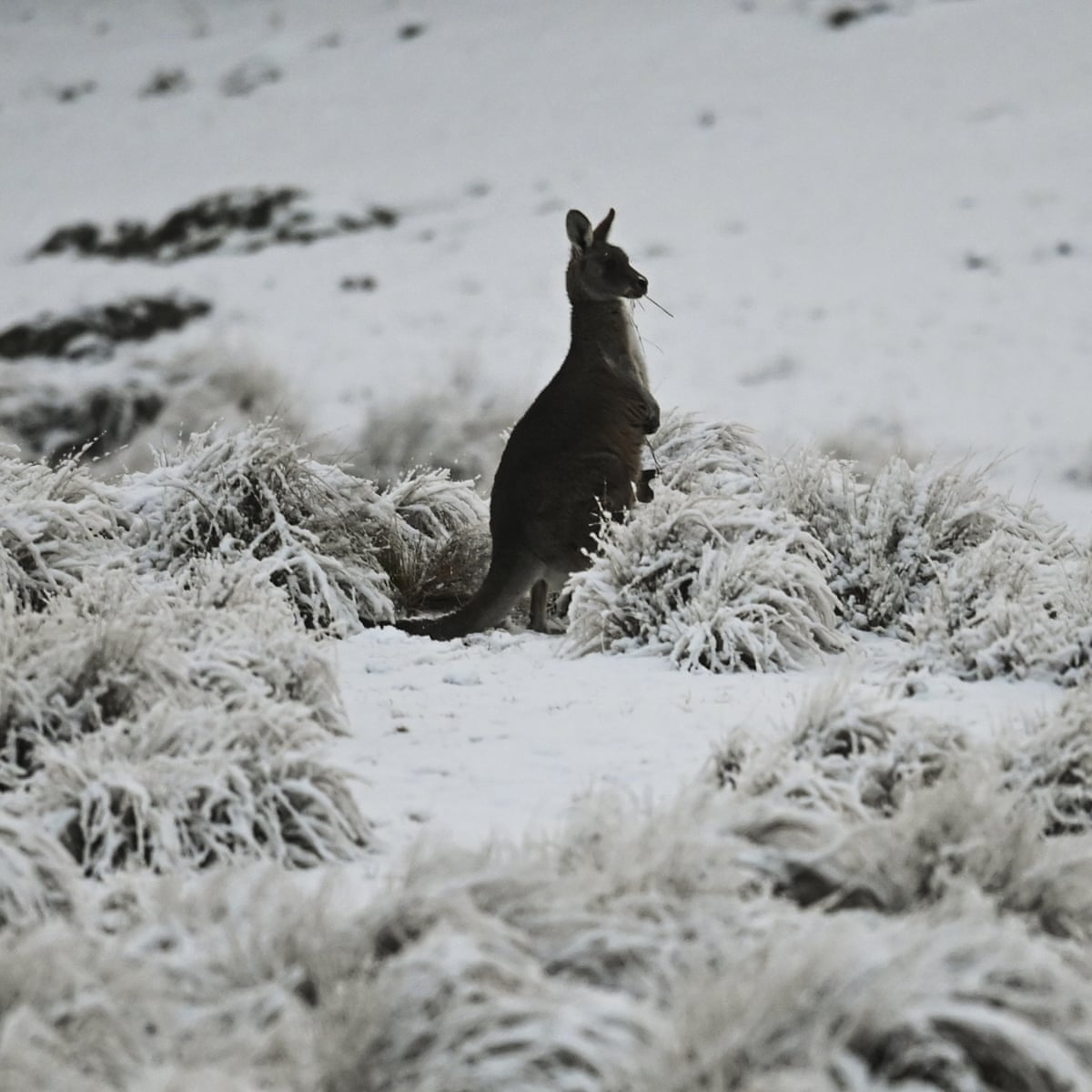Discover the Fascinating Results of Snow in Australia on Regional Ecological Communities
In spite of its reputation for sun-soaked landscapes, Australia also flaunts areas blanketed by snow-- a phenomenon that exceptionally influences the country's distinct environments. The shielding residential properties of snowflakes protect vegetation and animals amidst the coldest wintertimes, while the melting snow supports rivers and marine life.
The Unanticipated Regions of Snowfall in Australia
Although Australia is commonly related to sandy coastlines and sun-scorched landscapes, particular areas surprisingly experience snowfall. The high nation regions of New South Wales, Victoria, and Tasmania are specifically understood for their wintertime snow. The Snowy Hills in NSW, as an example, obtain bountiful seasonal snow, offering a raw contrast to the nation's common warm, arid climate. At the same time, the Victorian Alps and parts of Tasmania also see annual snowfalls, transforming the landscape into a winter season heaven. These locations are not just anomalies however important components of Australia's varied environment system. The visibility of snow in these areas dramatically affects regional communities, ultimately impacting the nation's unique biodiversity. The certain influence on Australia's distinct flora will certainly be gone over in the following area.

Exactly How Snow Impacts Australia's Distinct Plants
While it may seem uncommon, snowfall in Australia plays an important role in forming the nation's one-of-a-kind flora. The snow-filled wintertimes foster strength in Australian plant species. This is especially apparent in the sub-alpine and alpine regions, where snow gums and hill plum-pines flourish. These plants have actually evolved to survive in severe conditions, with snow functioning as a protective covering from harsh winds and freezing temperature levels. The snow additionally adds to the wetness web content of the soil, supplying required hydration for plant during the completely dry summer months. Basically, the snow influences the timing of blooming and seed dispersal, the development prices, and the survival of several plant species, showcasing the complex interaction between climate and vegetation in Australia.

The Adaptations of Australian Animal to Snowfall
Just as Australia's vegetation has actually adapted to the wintery conditions, the regional animals as well, exhibit amazing adaptations to the snowfall. It uses the snow as insulation, hibernating in rock holes under the snow to stay warm. The Snow Skink, a types of reptile, changes its colour to white during winter, giving camouflage versus predators.
The Function of Snow in Shaping Neighborhood Environments
In forming the regional ecological communities, the function of snow in Australia is both multilayered and profound. It affects the circulation of flora and animals, largely defining the biodiversity of towering and sub-alpine areas. Snow offers an important water source, feeding rivers and storage tanks as it thaws, hence supporting a range of water life types. page Furthermore, snow works as an insulator, securing ground-dwelling organisms from extreme cold. It plays a significant function in dirt development and nutrient biking. The periodic freezing and thawing of dirt generated by snowfall fosters the break down of rocks, improving soil fertility. Subsequently, the visibility of snow forms the plants patterns, pet habits, and total sustainability of Australia's distinct environments. Does Australia Get Snow.
The Future of Snowfall in Australia: Ramifications and forecasts

Offered the crucial function snow plays fit neighborhood communities, the future of snowfall in Australia is drawing enhancing interest from environmentalists and researchers. Current environment designs anticipate a significant decrease in snowfall due to worldwide warming, with possibly extensive effect on regional communities. Less snow might result in minimized water availability in towering regions, negatively influencing wildlife environments and plant life. It might modify the timing of seasonal adjustments, interfering with the life cycles of numerous indigenous types. The tourism sector, greatly reliant on the winter snow season, might likewise encounter substantial challenges. Therefore, comprehending these predictions and their effects is critical to develop efficient preservation approaches, making certain the preservation of Australia's special biodiversity and the sustainability of its economic situation.
Final Thought
The function check here of snow in Australia's environments is crucial yet typically ignored. Snow In Australia It functions as a guard, a nurturer, and a shaper of diverse alpine types, adding to the splendor of Australia's high nation. As climatic patterns remain to move, recognizing the ramifications and potential makeovers of these snow-influenced ecological communities is critical. Hence, the snow in Australia is greater than an all-natural phenomenon; it's an important player in the country's ecological narrative.
Despite its track record for sun-soaked landscapes, Australia additionally boasts regions blanketed by snow-- a phenomenon that greatly affects the nation's one-of-a-kind ecosystems. It makes use of the snow as insulation, hibernating in rock holes underneath the snow to remain warm - Does It Snow In Australia.In forming the local environments, the duty of snow in Australia is both multilayered and profound. The visibility of snow shapes the plant life patterns, animal habits, and general sustainability of Australia's unique environments
Provided the essential function snow plays in forming regional ecological communities, the future of snowfall in Australia is attracting enhancing attention from conservationists and researchers.